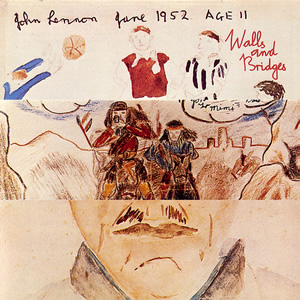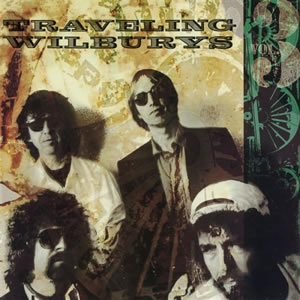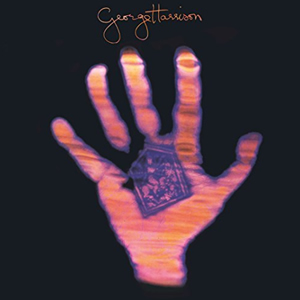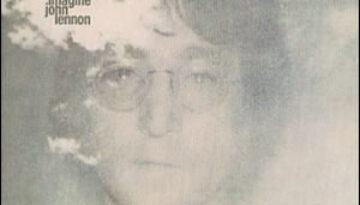Walls and Bridges by John Lennon
Buy Walls and Bridges Walls and Bridges seems to be one album that often gets lost in the John Lennon collection. It is not as dramatic as Plastic Ono Band, nor is it […]

Buy Walls and Bridges Walls and Bridges seems to be one album that often gets lost in the John Lennon collection. It is not as dramatic as Plastic Ono Band, nor is it […]

Buy Traveling Wilburys Vol. 3 As heralded and popular as the Traveling Wilburys 1988 debut album was, the 1990 follow up Traveling Wilburys Vol. 3 was relatively ignored. In part, this was the […]

Buy Traveling Wilburys Vol. 1 “Super Groups” were commonplace during the seventies and eighties, often causing much hype which was rarely surpassed by the music itself. But in the case of the Traveling […]

Buy Living in the Material World Living in the Material World was the fourth overall studio album (and second pop/rock release) by former Beatle George Harrison. This long-anticipated 1973 album is distinct in […]

Buy Imagine Imagine, the second full post-Beatles album by John Lennon, kicks off with an idyllic song envisioning a utopian world where there is no conflict and everyone agrees. Sounds pretty good on […]